Communities, connections, collaboration–artworks and success tips from the MayinArt exhibition

Launched in 2014, PhotoSparks is a weekly feature from YourStory, with photographs that celebrate the spirit of creativity and innovation. In the earlier 700 posts, we featured an art festival, cartoon gallery. world music festival, telecom expo, millets fair, climate change expo, wildlife conference, startup festival, Diwali rangoli, and jazz festival.
Art platform MayinArt is launching its new show at the American Club in Singapore this month, titled From Abstract to Realism: Discover your art personality!
The Mirage -II by Madan Lal
Based in Singapore, MayinArt promotes established and emerging artists from India, Singapore and Indonesia. Over 50 artworks will be on display (see Part I of our exhibition coverage here).
MayinArt’s co-founder Avik Bandyopadhyay observes that Indian art has gained a lot of recognition and appreciation overseas in recent years. “Many Indian artists have gained international fame, with their works being exhibited in galleries and museums across the world,” he explains, in a chat with YourStory.
“The diversity of Indian art, including traditional and contemporary styles, has also helped to make it more accessible and appealing to global audiences,” he adds.
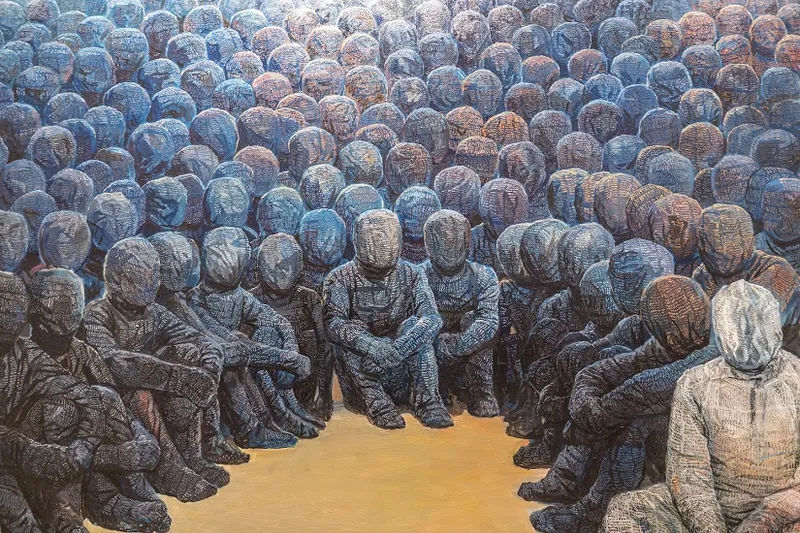
Congregation by Budi Ubrux
There is growing global interest in cultural diversity and the exploration of different artistic traditions. “Many international collectors are seeking out Indian art for its unique aesthetic qualities and cultural significance,” Avik says.
This has opened up new markets for Indian artists and galleries. “The profile of Indian art on the global stage has been raised,” he adds.
However, he also identifies challenges facing Indian art in the international arena. “One challenge is the need to balance tradition with innovation. While many international collectors appreciate the rich heritage of Indian art, they are also looking for artists who can bring a fresh perspective and a contemporary edge to their work,” Avik says.
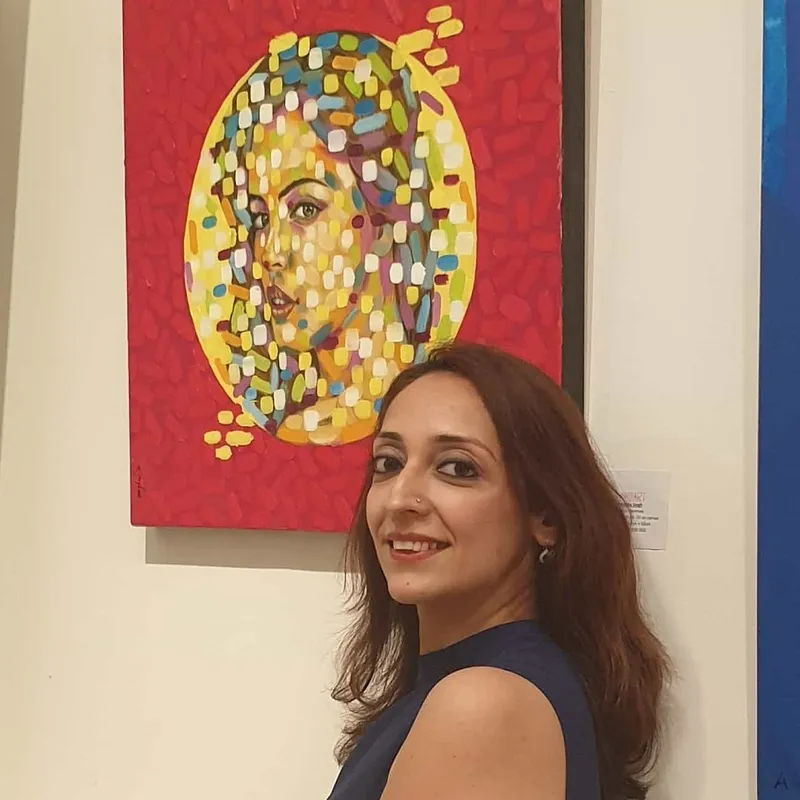
Megha Sharma Singh
This requires Indian artists to strike a delicate balance between honoring tradition and exploring new frontiers. “Another challenge is the need to navigate the complexities of the international art market,” he adds.
This can involve understanding the legal and financial aspects of international art sales. “Artists need to build relationships with galleries, curators, and collectors across the world,” he suggests.
Despite these challenges, the outlook for Indian art overseas is generally positive. “As long as Indian artists continue to create innovative and engaging works that speak to global audiences, there will be opportunities to share Indian art with the world and to build new connections across cultures and borders,” Avik observes.
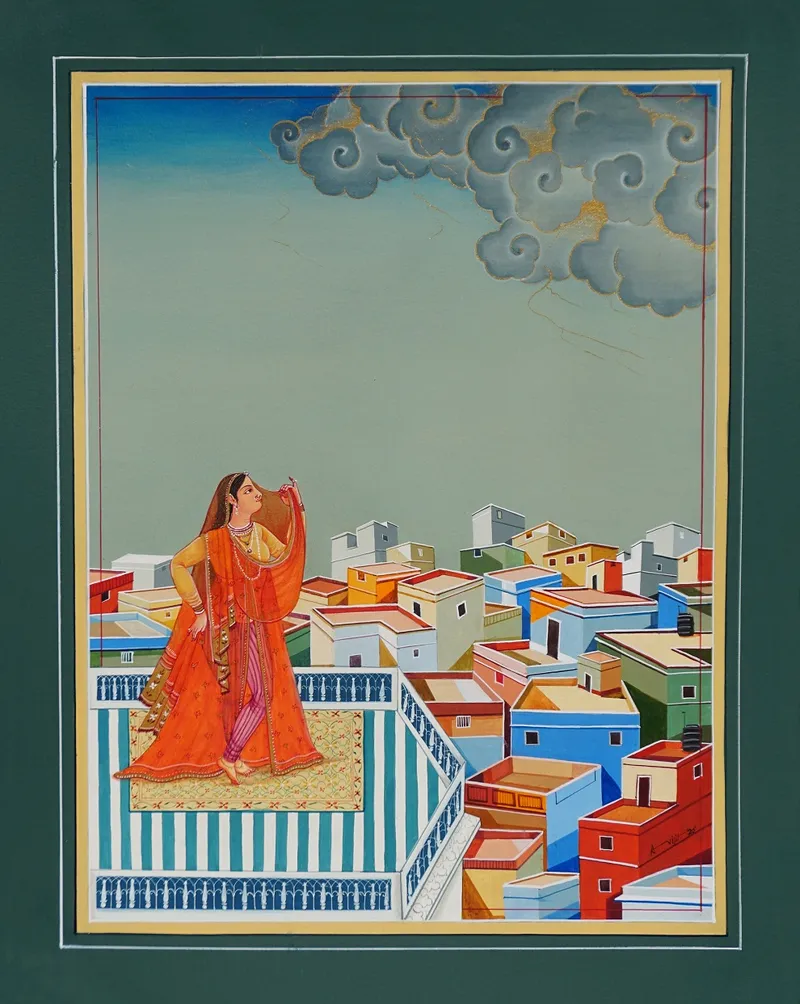
Urban Empire 4 by Abhijit Paul
He offers a range of tips for aspiring artists as well. “There is no one formula for success as an artist, as the path to success can vary greatly depending on individual circumstances and goals,” he cautions.
“Create a strong portfolio. Your portfolio is your calling card as an artist, and it’s important to put together a collection of your best work that showcases your talent and vision,” Avik advises.
The portfolio should be well-curated, visually appealing, and represent the artist’s unique style and voice. “While it’s important to learn from other artists, it’s also important to develop your own unique style and voice,” he adds.
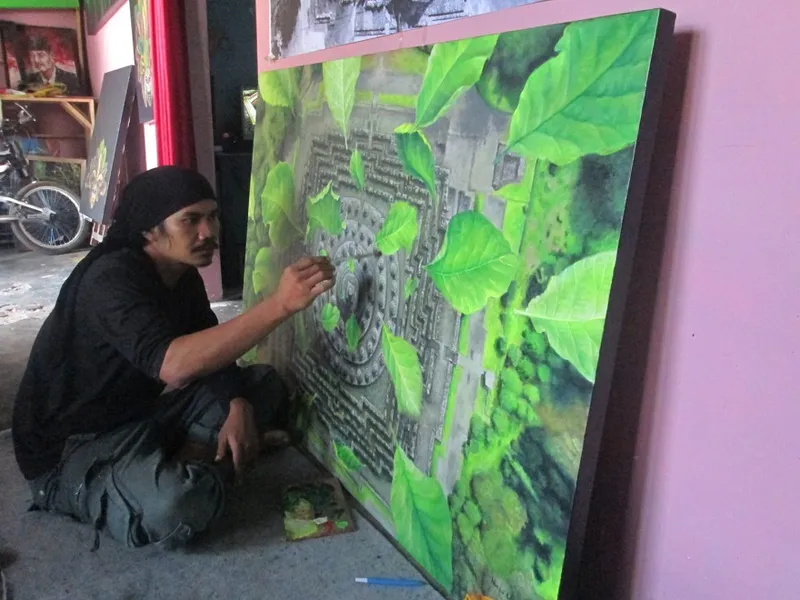
Nurfu Ad
Artists should take the time to explore different techniques and mediums. “Experiment with different approaches until you find what works best for you,” Avik says.
“Build your network. Building relationships with other artists, curators, gallerists, and collectors can help you gain exposure and find new opportunities,” he adds.
Artists should attend shows and events, join art communities, and participate in local art organisations to connect with others. Social media and online platforms can be powerful tools for showcasing work and building the artist’s brand.
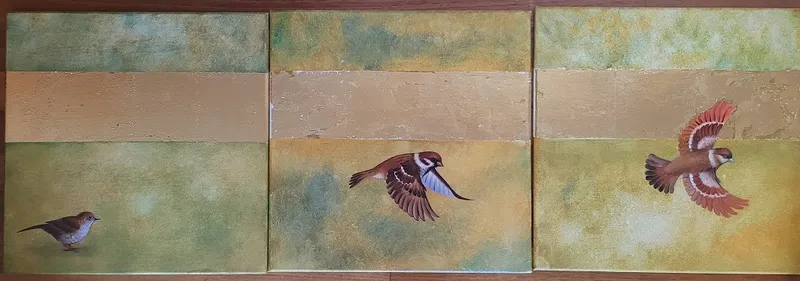
Quiet moments of nature, by Megha Sharma Singh
“Be open to feedback and criticism. Constructive feedback and criticism can help you improve your work and grow as an artist,” Avik emphasises.
“Don’t be afraid to ask for feedback from others, and be open to receiving it even if it’s not always positive,” he says.
The artistic journey calls for persistence and resilience. “Building a career as an artist takes time and hard work, and there will inevitably be setbacks and challenges along the way,” he cautions.
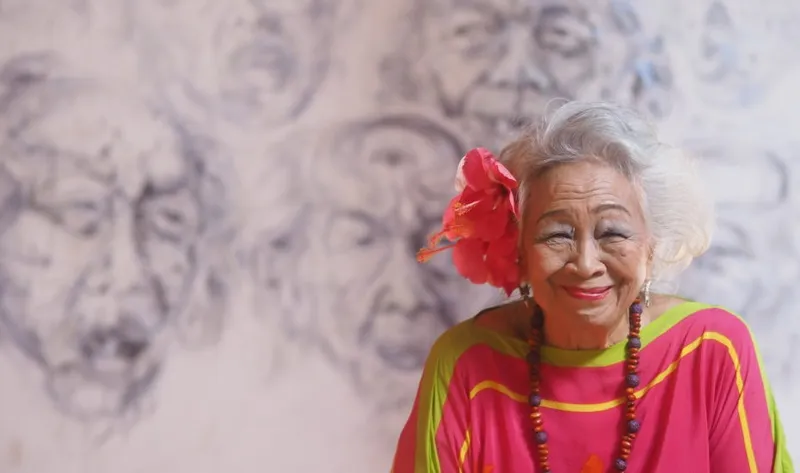
Kartika Affandi
“Success as an artist is not just about talent, but also about hard work, dedication, and perseverance. Stay true to your own vision, and don’t be afraid to take risks and try new things along the way,” he urges.
Avik has tips for art curators, viewers and buyers as well. “A passionate curator’s gallery is an intersection of the personal and the public—a space where curiosities take form and can be shared with others,” Avik describes.
“That evolution happens in the spaces where the viewers and curators let the unforeseen in, and open their mind and physiques to whatever may come next,” he poetically describes.
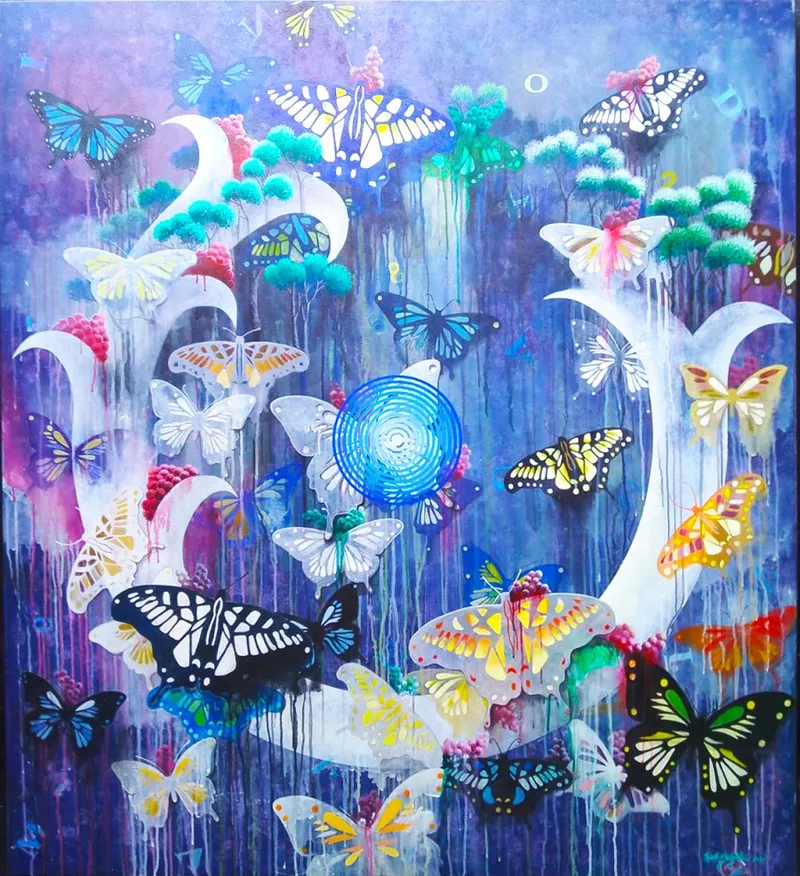
The Herd by Budi Eka Putra
“Respect and trust for the artists and their audience helps celebrate the curation, the space and the event,” Avik says.
The big ideas behind an art exhibition help the community to connect and discover something new about themselves or the shared moment in time. “Big ideas need to develop through multiple programs in many artistic disciplines so that everyone has an entry point,” he says.
“Each piece of artwork needs its space and respect,” Avik signs off.
Now, what have you done today to pause in your busy schedule and find new avenues to apply your creativity?

Bongkahan Tergariskan Ke Atas by Mahdi Abdullah
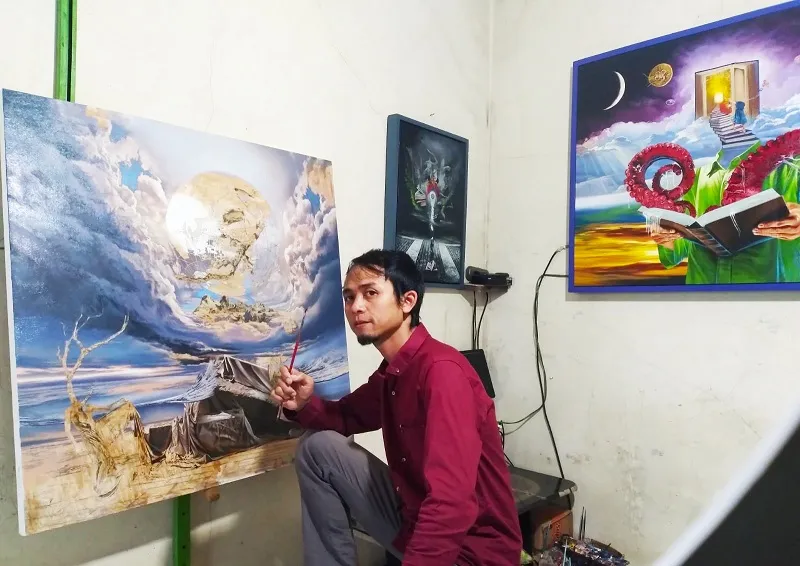
Bagus Triyono
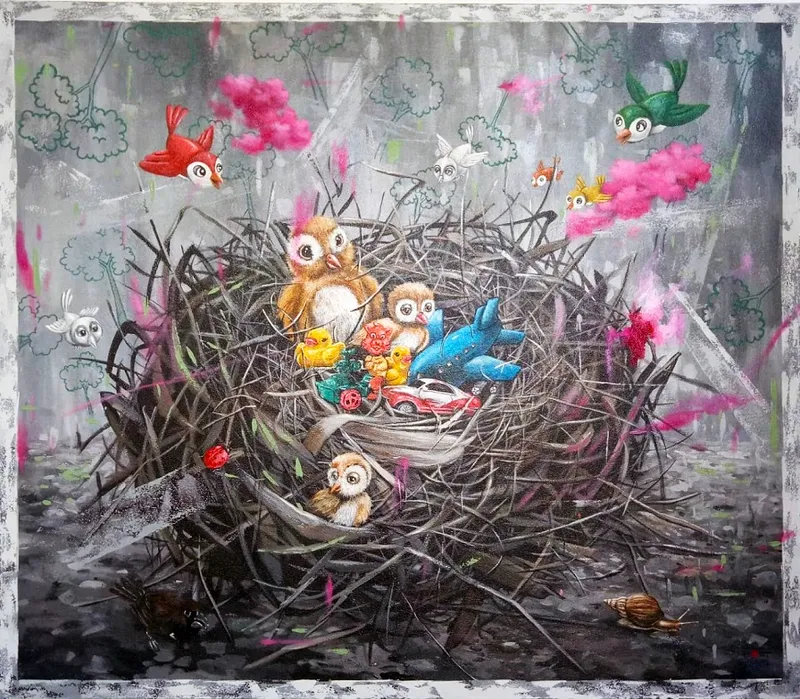
My Home Now by Mulyo Gunarso
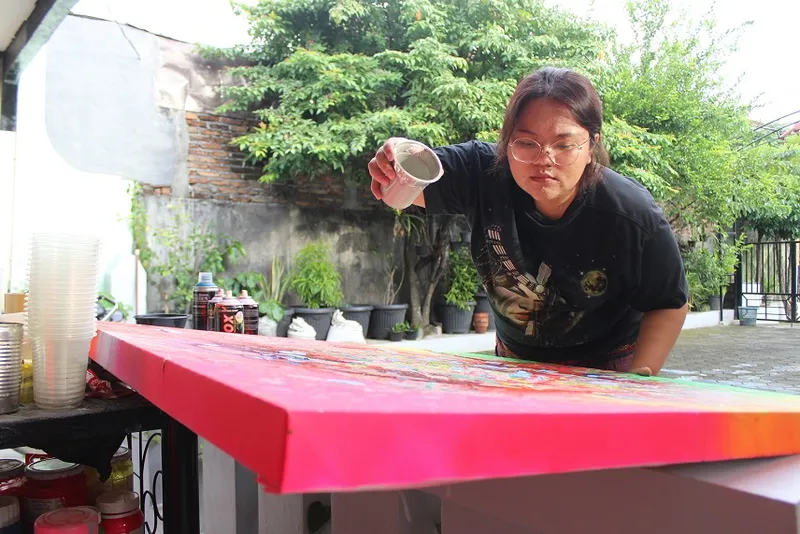
Elisa Faustina
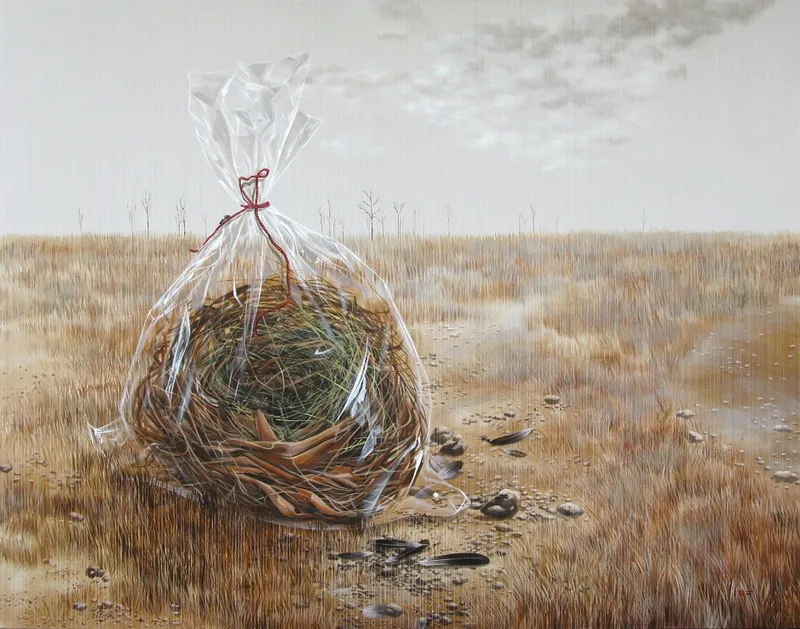
Isolated-Occurrence by Mulyo Gunarso
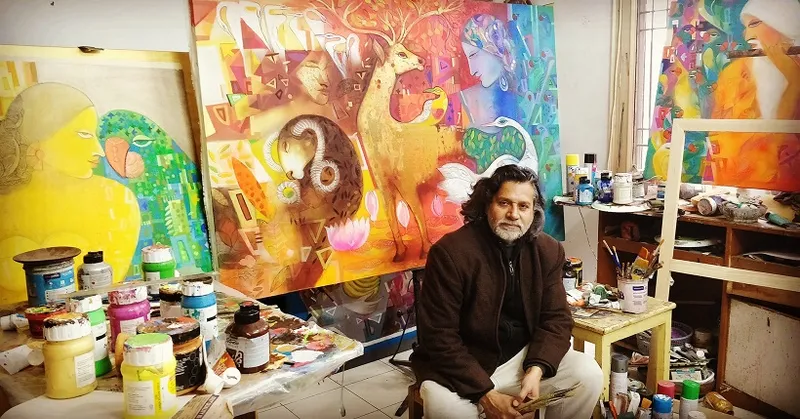
Madan Lal
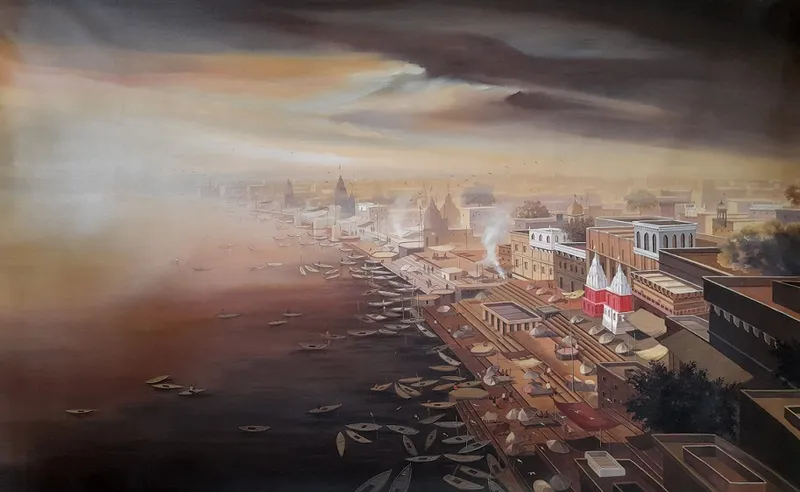
Dream City #19 by Subir Dey
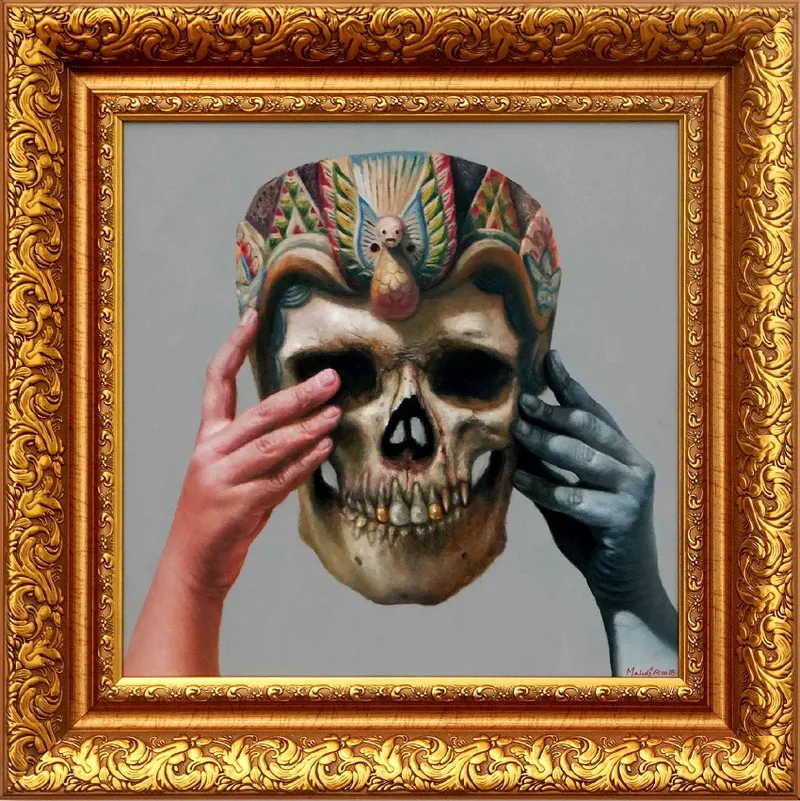
Black And White Poetry by Mahdi Abdullah
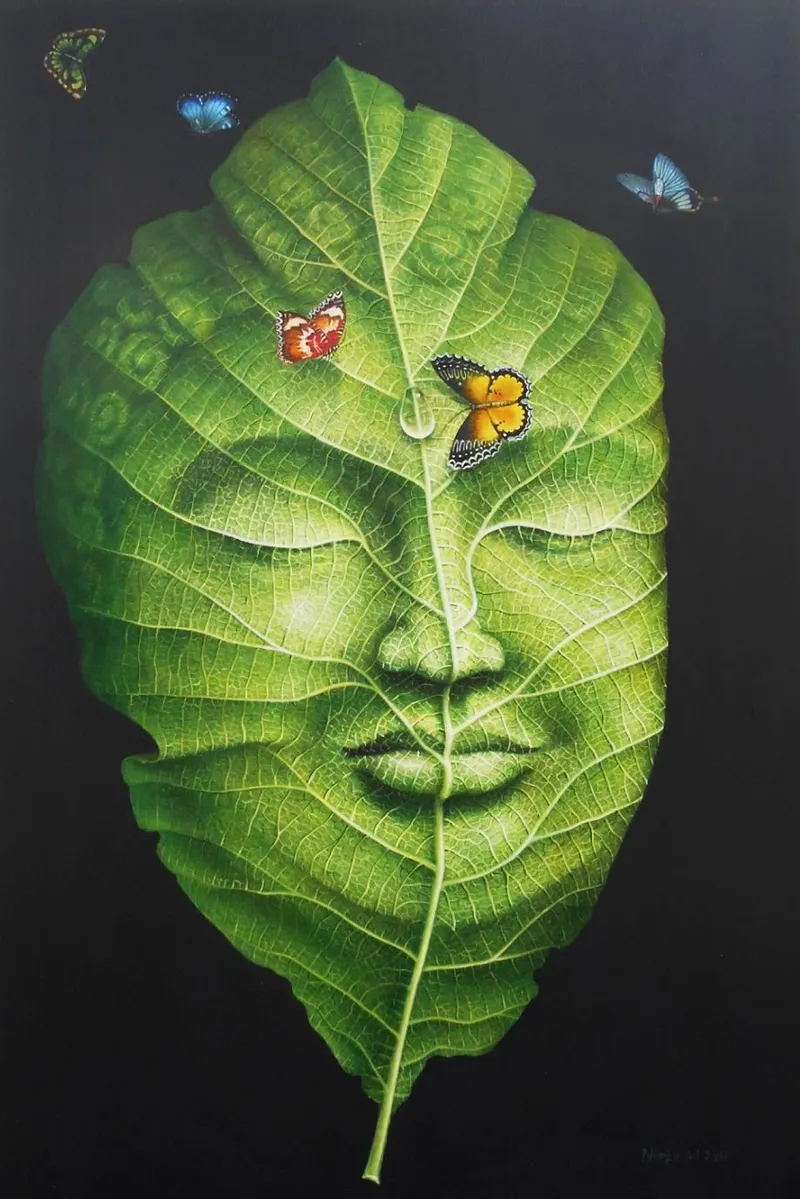
Inspirator by Nurfu Ad
(All photographs courtesy MayinArt.)
See also the YourStory pocketbook ‘Proverbs and Quotes for Entrepreneurs: A World of Inspiration for Startups,’ accessible as apps for Apple and Android devices.

Atul Tiwari is a seasoned journalist at Mumbai Times, specializing in city news, culture, and human-interest stories. With a knack for uncovering compelling narratives, Atul brings Mumbai’s vibrant spirit to life through his writing.





